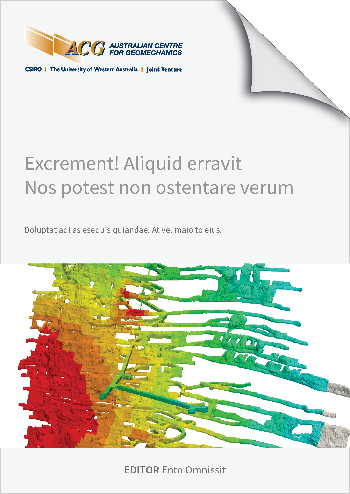Simulated jet fan control algorithm for underground mining

|
Authors: Pont, J; Michelin, F; Stewart, C; Pinedo, J |
DOI https://doi.org/10.36487/ACG_repo/2435_R-08
Cite As:
Pont, J, Michelin, F, Stewart, C & Pinedo, J 2024, 'Simulated jet fan control algorithm for underground mining', in Daniel Johansson & Håkan Schunnesson (eds), MassMin 2024: Proceedings of the International Conference & Exhibition on Mass Mining, Luleå University of Technology, Luleå, pp. 1609-1617, https://doi.org/10.36487/ACG_repo/2435_R-08
Abstract:
Ordinary ventilation controls used to direct airflow in underground mining – such as simple drop board regulators, solid walls, or remotely controlled automated regulators – all involve a physical barrier that restricts vehicle movement. In cases where vehicle movement through a ventilation control is required, doors can allow both vehicle traffic and airflow temporarily. Air-lock doors can maintain the ventilation circuit at the expense of greatly slowing traffic movement. An alternative to this issue are jet fans, which have seen extensive use in road tunnels but limited use in underground mining. In underground mining, significant piston effect-related changes to airflow can occur, in particular when heavy machinery is moving through parallel tunnels with a low pressure difference between the tunnels. This paper describe a control system algorithm for jet fans in a mining application where the piston effect of mining equipment moving in a tunnel must be overcome. The jet fans are fitted with a variable speed drive (VSD) operated by a control system. There is added complexity in this case as an automated ventilation control device (VCD) in each extraction drive controls primary airflow. The response of the jet fan and the piston effect of any vehicle travelling in the extraction drive will add to the feedback within the control loop. The goal of the research is to produce a control system algorithm that could be applied to jet fan operation in an underground mining operation with parallel low pressure tunnels, such as is common in block caving.
© Copyright 2025, Australian Centre for Geomechanics (ACG), The University of Western Australia. All rights reserved.
View copyright/legal information
Please direct any queries or error reports to repository-acg@uwa.edu.au
View copyright/legal information
Please direct any queries or error reports to repository-acg@uwa.edu.au